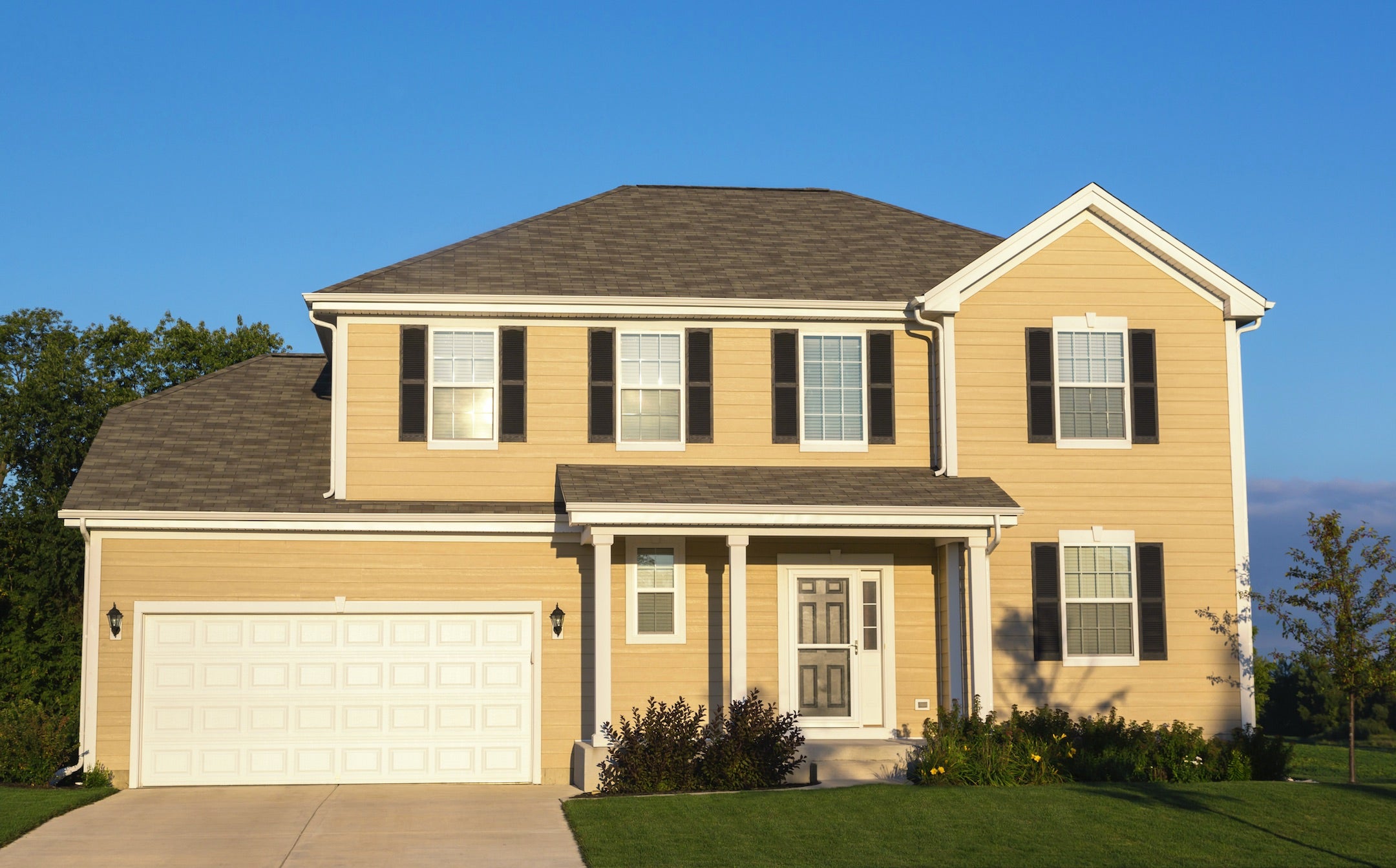The information provided on this website does not, and is not intended to, act as legal, financial or credit advice. See Lexington Law’s editorial disclosure for more information.
Ask someone the question, “How much should I spend on a house?” and there’s a good chance that they will respond with the 30% rule.
The 30% rule, which says not to spend more than 30% of your income on housing, is a good place to start, but it’s not always the best gauge of how much should you spend on housing. You don’t want to base your entire financial situation on it — especially since it’s not exactly clear what that 30% includes.
What Is the 30% Rule?
The 30% rule has been around since the 1930s, according to the Census Bureau. Back then, policymakers were trying to make housing affordable. They came up with the idea that you could spend about 30% of your income on housing and still have enough left for other expenses.
Over time, those numbers started to get used in home loans as well. A rough sketch of what you could afford, in terms of monthly payment, could be obtained by estimating 30% of your income.
Is the 30% Rule Right for You?
When deciding on your own 30% rule, it’s probably a good idea to base it on your take-home pay, rather than your gross income. Let’s say you bring home $3,500 a month. According to the 30% rule, that means you shouldn’t spend more than $1,050 on your housing payment.
Some folks like to use their gross income for this calculation, but that can get you into trouble in the long run. If you base what you spend on housing on an amount that you might not be bringing home, that can stress your budget.
Think about it: If your pre-tax pay is $3,800 a month, that lifts your max housing payment to $1,140. That’s $90 more per month. But the reality is that you are bringing home $300 less than your gross income. Trying to come up with another $90 a month could put a strain on your budget.
Don’t Forget About Extra Costs
You can use a mortgage calculator to figure out how much you should spend on housing. However, such calculators typically just include principal and interest. This doesn’t take into account other monthly homeownership costs.
If you’re thinking of buying an expensive house, don’t forget about other costs like insurance and taxes.
Experts suggest that you base your 30% figure on all your monthly payment costs, not just the principal and interest.
What Percentage of Income Should Be Spent on Housing?
But it goes beyond that for some homebuyers. When looking into buying a home or an affordable place to rent, don’t just base your estimates on your monthly payment. You should also include estimated utility costs and an estimate for maintenance and repairs.
HouseLogic suggests you budget between 1% and 3% of your home’s purchase price annually for repairs and maintenance. I like the idea of budgeting 2%. So, on a $200,000 home, that means you can expect to pay $4,000 for repairs and maintenance — about $333.33 per month.
Once you start adding in all the other aspects of homeownership, suddenly that 30% rule is less cut-and-dry. If you’re more conservative, adding up all the monthly costs of homeownership and keeping it all under 30% makes sense.
You’re less likely to overspend that way. But it might mean a smaller, less expensive home.
Consider the 28/36 Qualifying Ratio
Instead of relying on the 30% rule to answer the question, “How much should I spend on a house?”, consider using the 28/36 qualifying ratio.
According to Re/Max, many lenders use the 28/36 rule to figure out whether your finances can handle your home purchase. The 28 refers to the percentage of your gross monthly income that should be spent on your monthly housing cost. The 36 refers to the percentage of income that goes toward all your debt payments, including your mortgage.
So, if you make $3,800 in take-home pay, your monthly payment should be no more than $1,064. But, things get stickier when you calculate the 36% part of the ratio. Your total debt payments shouldn’t exceed $1,368. That leaves you about $304 for payments of other debts.
Let’s say your credit card and auto loan payments total $500. That means you’re going to have to adjust your expectations for what you can expect to pay for a mortgage. In fact, if your lender insists on the 36 part of the ratio, you have $196 less you can spend on your mortgage payment. And that might mean a less expensive house.
When figuring out what percentage of income you should spend on housing, base the calculations on your take-home pay. Even though Re/Max says many lenders use your gross pay for the 28/36 qualifying ratio, this way you’ll play it safe.
How Much Should I Spend on a House?
Everyone has to answer the “How much should I spend on a house?” question for themselves. However, the biggest reason to ditch the 30% rule is that you might not be comfortable with it.
Are you really comfortable spending 30% of your income each month on your housing? When you consider your other payment obligations, does it makes sense for you to spend so much on housing?
If you aren’t sure about the 30% rule, use your own rule. You might be more comfortable with 25% on all of your housing costs. Or perhaps you modify the rule. Maybe you spend 20% on mortgage and interest and keep your total housing costs to 25% or 28%.
No matter what you decide, the important thing is to be responsible with your finances. Only spend what you feel comfortable with on housing or rent.
This article originally appeared on Credit.com.
If you’re looking to purchase a home and worried about your credit situation, learn how you can start repairing your credit here, and carry on the conversation on our social media platforms. Like and follow us on Facebook and leave us a tweet on Twitter.

